Resilience- Part 3- Resource Resilience
Resilience- Part 3- Resource Resilience
Resilience is an essential aspect of preparedness. In this series of posts, we are discussing three different layers of resilience. We have covered personal resilience, which is your mental and physical ability to cope with adverse circumstances. If you didn’t get a chance to read it, here is the link to Personal Resilience. There is also Financial Resilience, which we covered previously. Finally in this post, we are talking about basic resource resilience. This envelopes all of your basic resources such as food, shelter, and water.
The first priority is water. You can go several weeks with out food, but most people will only survive 3 days with out water, and they won’t be 3 very good days. you can store water, but it is heavy and takes up a lot of space. Think about alternative sources of water where you live that you could access if your current water supply was interrupted due to a terrorist attack or natural disaster. One great way to capture water is to install a water catch. Here is a recent post on installing a water catch. We were able to make the one in the photo for less than $100. Any untreated water should be purified using something like a Katadyn water filter. The Katadyn Hiker Pro will filter 200 gallons and is available on the Amazon “I Recommend ” widget to the right. It makes a great addition to your Bug Out Bag.Water can also be treated with household bleach. Use 8 drops per gallon or 16 drops per gallon if the water is cloudy. Boiling water will also kill any harmful bacteria.
Next is shelter. Most people have a place to live. The question is how resilient is it? If you are renting, how much of your income does rent consume? You can be more resilient by finding more modest rent when your current lease is up. If you were to lose your job and had to take one that paid less, you will recover faster if your rent is less. The same principle applies when purchasing a home. Try to keep the mortgage manageable and look for a neighborhood that is not ran by an association that tells you what types of trees and landscape you have to have. The further you are from a population center, the better off you will be in a social breakdown scenario. You may not be able to move to the country because of your line of employment at the present time, but perhaps you can think about saving for a bug out location. If this is not going to be feasible for a while, make your present shelter as resilient as possible.
There are some simple ways you can increase your resource resilience by building up stored food. To create a quick cheap store of long term food, you can fill a couple of 5 gallon buckets with dried beans and white rice. Beans are around $1 per pound and we can occasionally catch 20lb bags of white rice on sale for around $7. We can fit 20lb of rice and 10lbs of dried beans in a 5 gallon bucket. This is not going to give you the variety of food you are used to but one bucket contains 40,000 calories. That is 2,000 calories a day for 2 people for 10 days. You can ensure maximum storage time and minimize pests by lining your bucket with a Mylar liner and adding an oxygen absorber, both are sold at the Amazon “I Recommend” widget at the right of this post. They are 10 of each for $26 and they ship free. You can seal the Mylar with a household iron. White rice can store up to 20 years and dried beans can store for 8 if kept sealed in Mylar and stored in a cool area. So $7 for rice, $10 for beans and $2.60 for a liner and oxygen absorber totals to $19.60 if you can find a 5 gallon bucket laying around for free. 3 of those will cost less than $60 but will provide you with enough stored food to keep you going for 30 days.
Once you have 30 days of rice and beans, you can start buying a little extra each time you go to the grocery. Buy the thing you eat everyday. try to use coupons on “buy one get one ” sales to make the second item nearly free. You can do this with toilet paper, soap, and hygiene items as well as food. Check out our Coupon Corner that Mrs. Recon has put together. She works miracles with a very small weekly grocery budget by using coupons.
If you own your home, you can build resilience by gardening. While you may never be able to produce 100% of your own food on a small lot, growing a few fresh vegetables will greatly add tot the variety of foods that will be available to you in a long term emergency situation. Grow what you can in the space you have. Salads, greens, peppers, green beans, tomatoes, and herbs grow well in my area. We also replant the tops of our pineapples. They will produce a new pineapple each year.
As we mentioned in “Personal Resilience”, gardening will increase your resilience in all three areas as you will get a little exercise while doing it, you will have fresh vegetables with out adding tot the grocery bill, and you will be able to produce your own food in a collapse scenario. You can build your own garden beds and produce your own compost by building a compost bin with reclaimed wood that can be found in bulk trash.
What else can you produce on your small plot of land? What fruit or nut trees grow well in your area? Two years ago, a co-worker gave me a great avocado. I planted the pit and now have a great little tree growing. It will be a few years before we get an avocado, but the process is started. As it was a local avocado, I don’t have to worry about genetic modifications as I would have had it came from the store.
Last year, my next door neighbor gave us a mango sapling from his tree. It is doing well also. If you have empty space, why not grow something that will provide food instead of just suck up water and fertilizer. This brings up another aspect of resiliency. Having good relationships with your neighbors is a plus. In good times and bad, it is good to have and to be a good neighbor. Our neighbors are great, we watch out for one another property and always say “hi” to one another. In this age of social media and business, normal neighborly conversations are scarce. You may have to be the one to initiate a conversation. Christmas is a great time to bake a few extra cookies and introduce yourself to your neighbors if you have never done so. This is a small investment that will pay great dividends.
Most of the things that we have mentioned will cost you very little to implement. Resilience is a way of life. It is not something you do once and forget about. You can take steps toward building a resilient lifestyle each day. In doing so, you will insure a better future regardless of what tomorrow may bring. To borrow a phrase from Jack Spirko of The Survival Podcast: “you will have a better life if times get tough or even if they don’t”.
Happy Prepping!

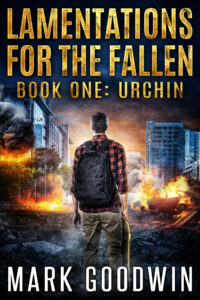

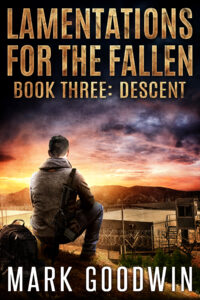

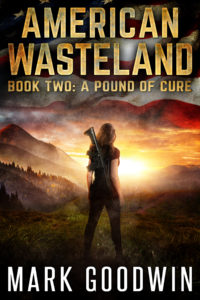
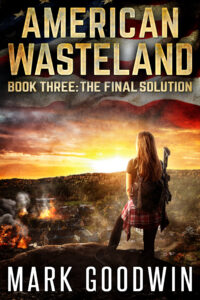




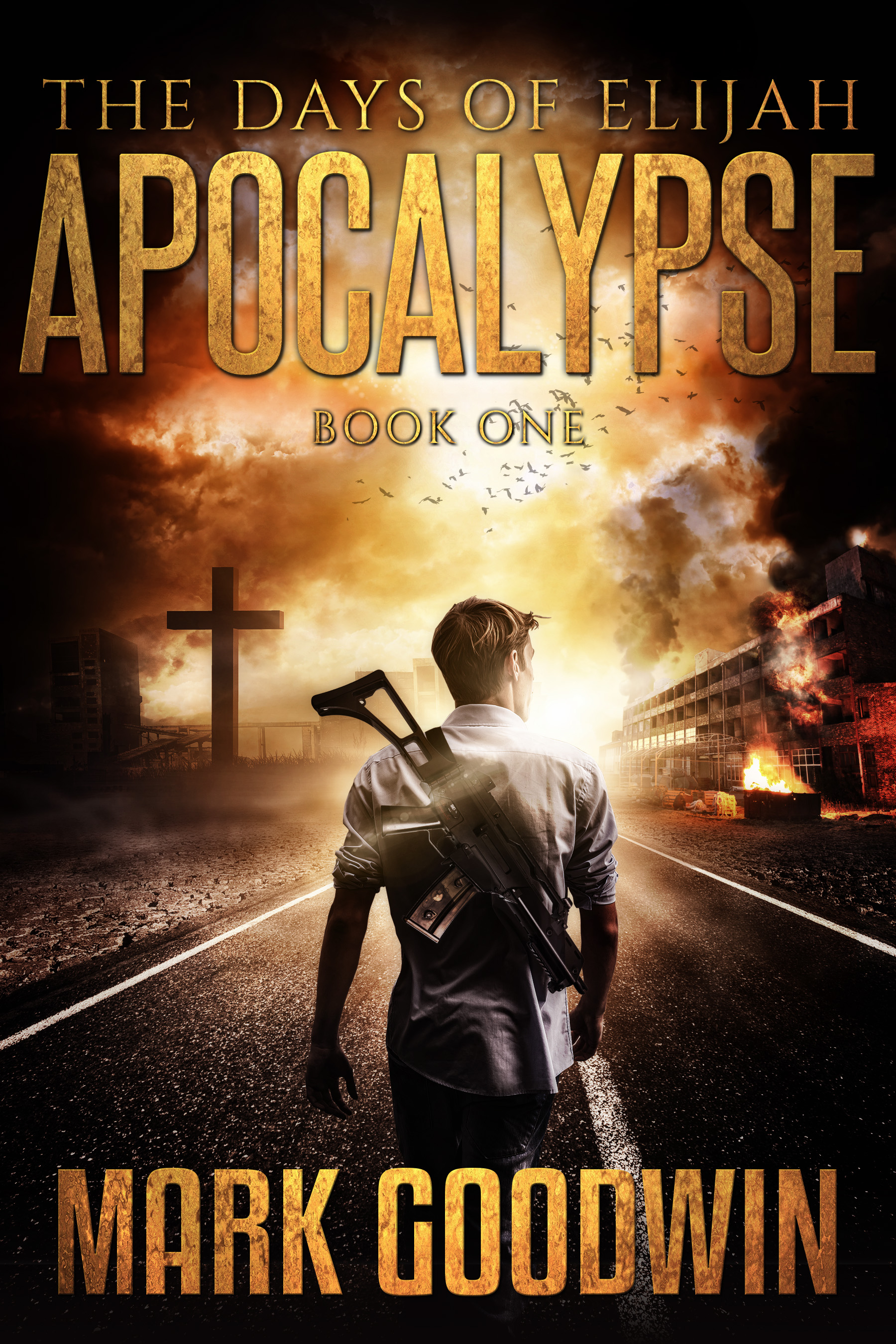
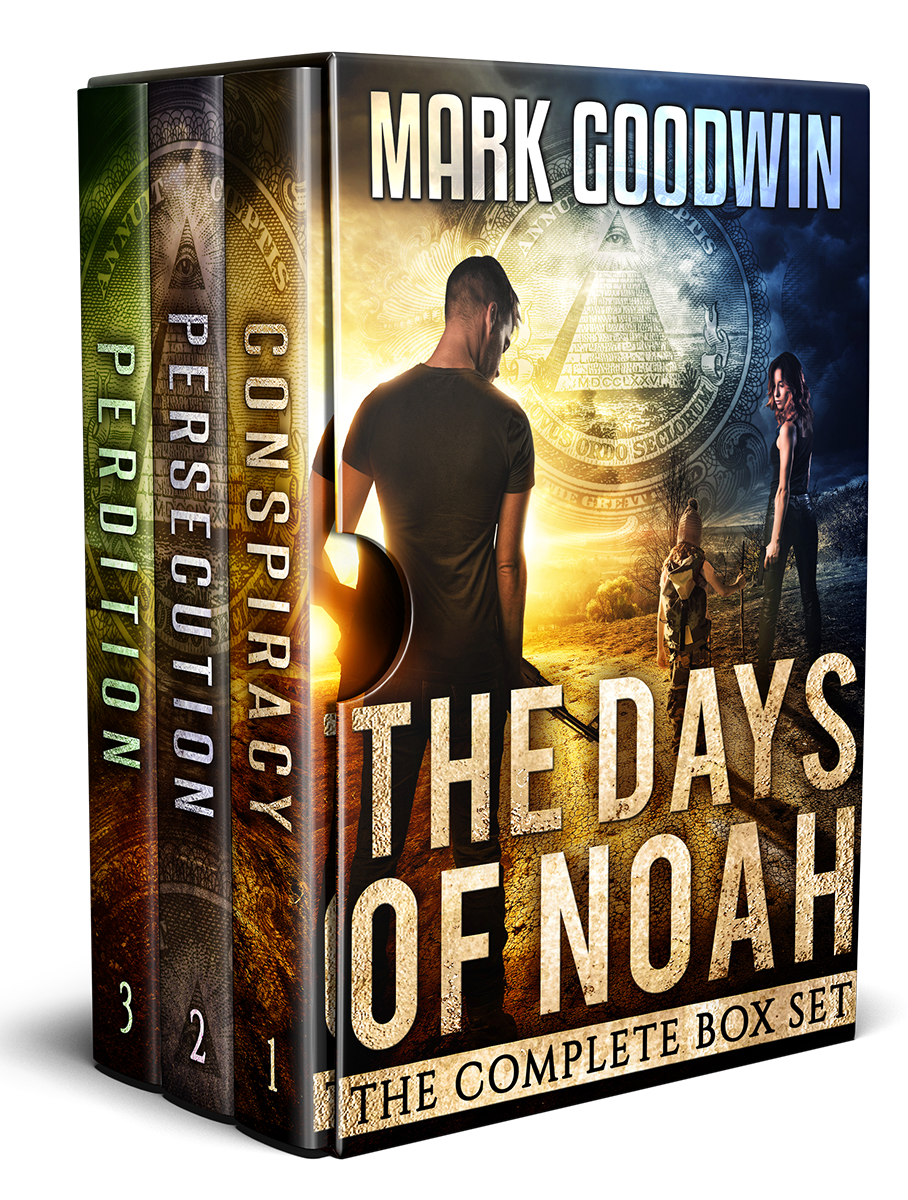




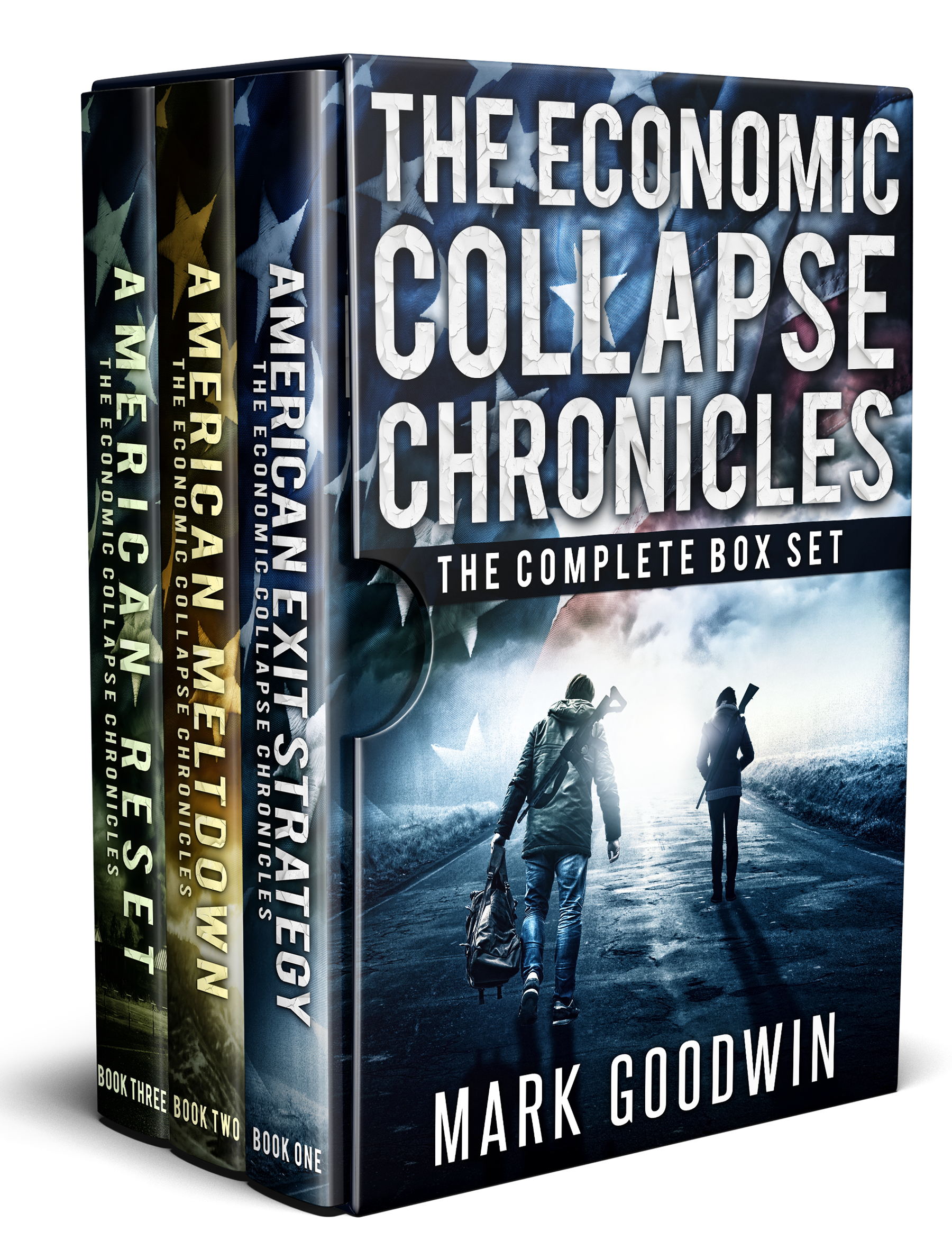
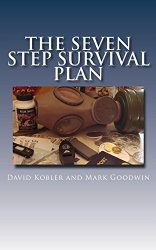



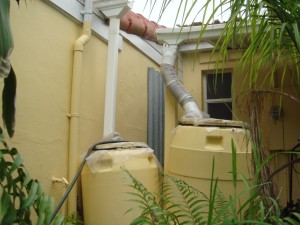
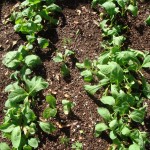
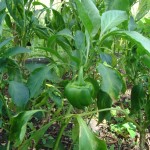

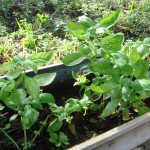
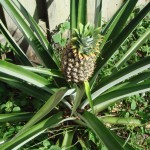
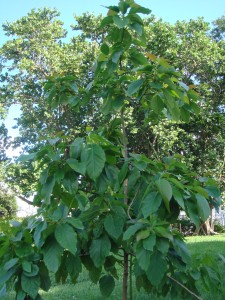
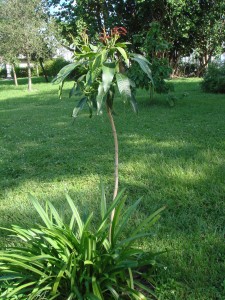












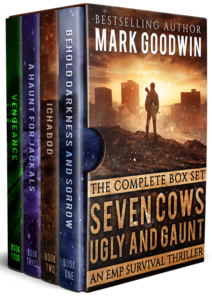
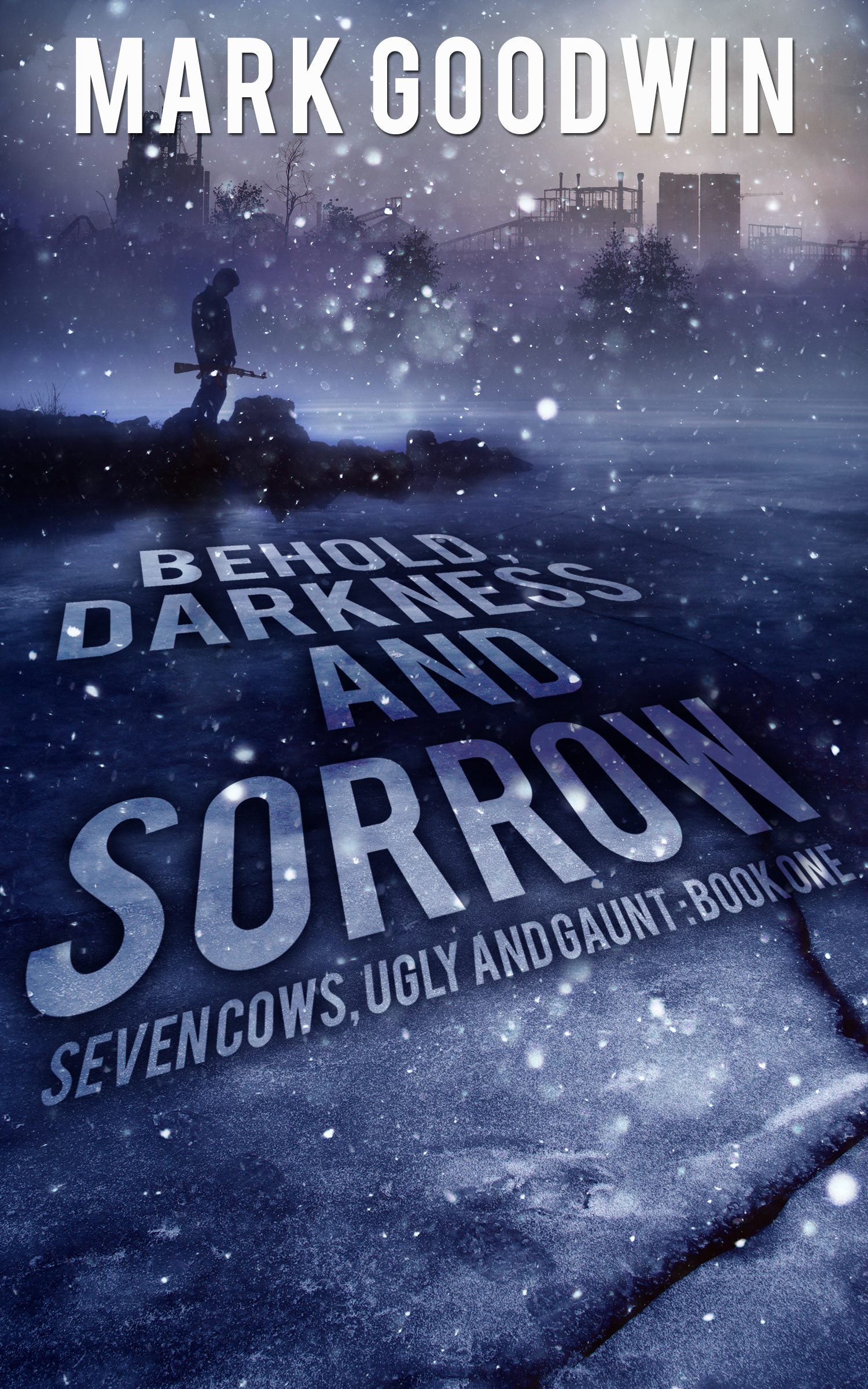
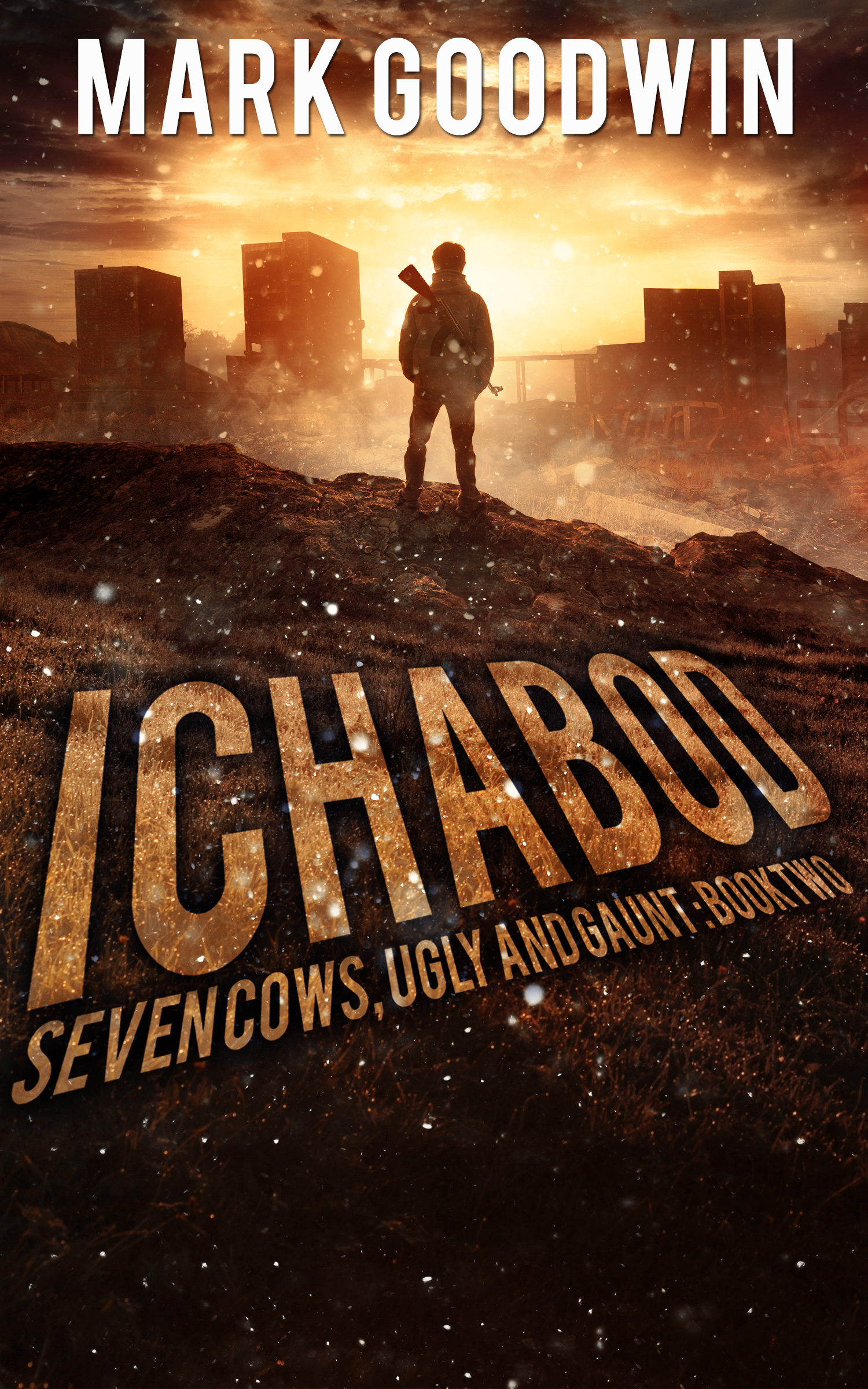

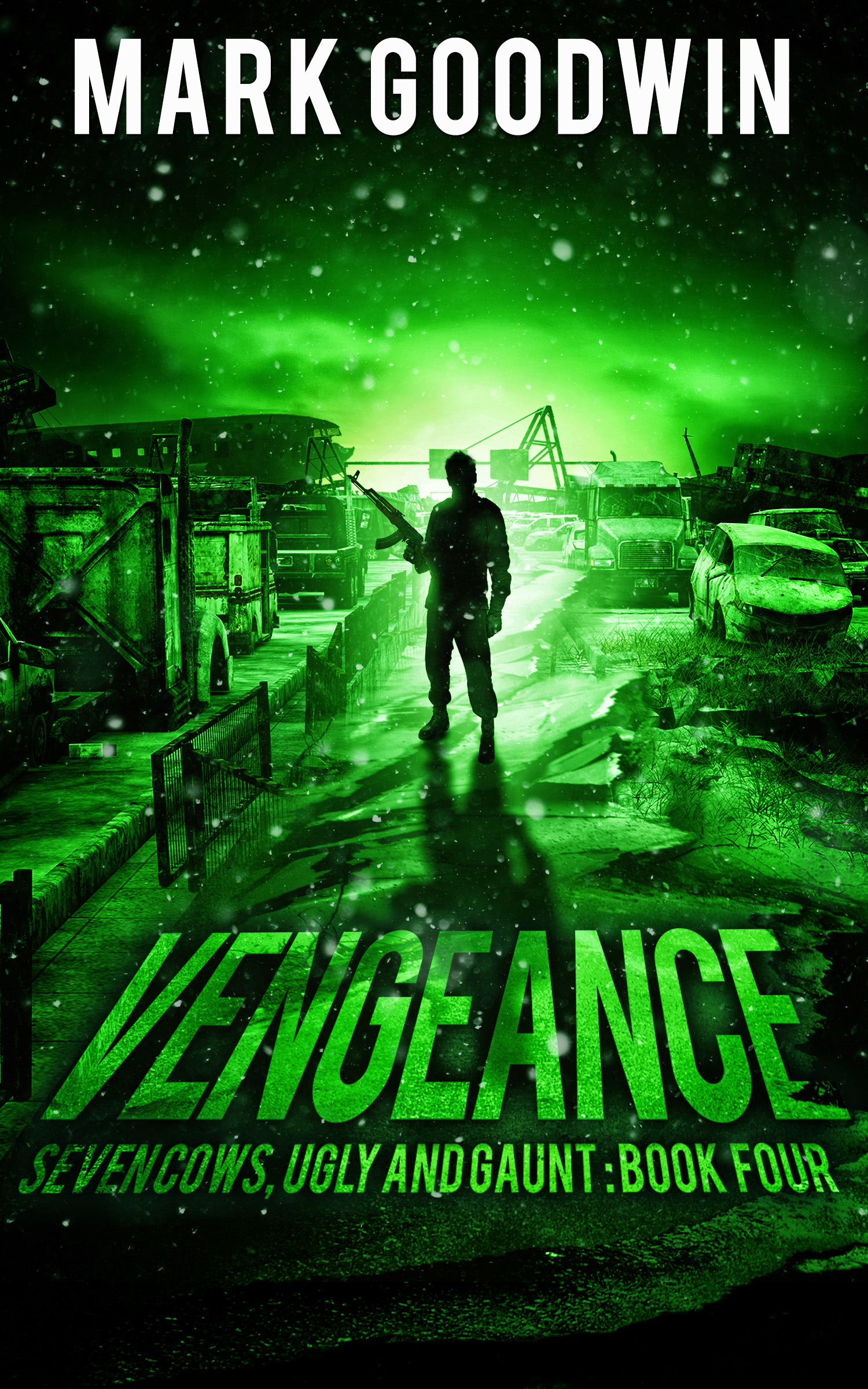
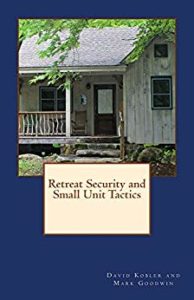


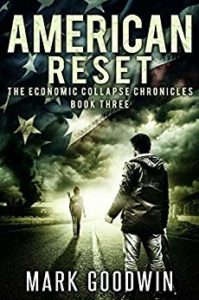
Awesome as always! Hopefully some valuable lessons will be learned post-sandy and more folk will wake up to the idea of self reliance.